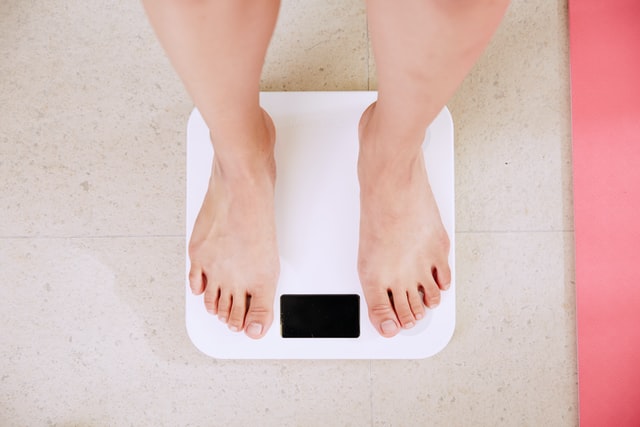Futuristic Fat-Fighting Fantasy: Using CRISPR To Tweak ‘Bad’ Fat Into Acting Like ‘Good’ Fat
By Carey Goldberg,
WBUR
| 08. 27. 2020
Here's a sci-fi fantasy spurred by some very real — but early — new research published this week:
Imagine the pounds have been creeping up, so your doctor suggests a bit of CRISPR. Technicians extract some of your white fat cells — also known as "bad" fat cells because they store energy in places like bellies and bulges.
They use the gene-editing tool CRISPR to tweak the cells' genes. Now, those white cells function more like brown fat cells — the "good" kind that burn energy when you're cold or exercise.
Voila: your metabolism is adjusted so that you burn more calories and absorb glucose better. You're set up for weight-control success, instead of the common frustration of weight regain. Current-day liposuction is left in the dust. Your fat hasn't just been removed — it's been reengineered.
Back to current reality: Researchers at the Joslin Diabetes Center in Boston and elsewhere have just published "proof of concept" work that could eventually make that fantasy come true. They used CRISPR to make human white fat cells act more like brown...
Related Articles
By Jonathan Matthews, GMWatch | 12.11.2025
In our first article in this series, we investigated the dark PR tactics that have accompanied Colossal Bioscience’s de-extinction disinformation campaign, in which transgenic cloned grey wolves have been showcased to the world as resurrected dire wolves – a...
By Jenny Lange, BioNews | 12.01.2025
A UK toddler with a rare genetic condition was the first person to receive a new gene therapy that appears to halt disease progression.
Oliver, now three years old, has Hunter syndrome, an inherited genetic disorder that leads to physical...
By Simar Bajaj, The New York Times | 11.27.2025
A common cold was enough to kill Cora Oakley.
Born in Morristown, N.J., with virtually no immune system, Cora was diagnosed with severe combined immunodeficiency, a rare genetic condition that leaves the body without key white blood cells.
It’s better...
By Rachel Hall, The Guardian | 11.30.2025
Couples are needlessly going through IVF because male infertility is under-researched, with the NHS too often failing to diagnose treatable causes, leading experts have said.
Poor understanding among GPs and a lack of specialists and NHS testing means male infertility...




